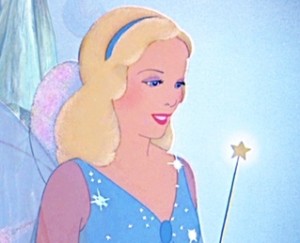When Movies Turn the Tables on Critics
Posted on October 27, 2014 at 8:00 am
Thanks again to Criticwire for including me in their survey about how movie critics feel about the way that critics themselves are portrayed in movies. Sometimes filmmakers take a bit of revenge on those of us who judge them and the critics surveyed had a lot of fun re-turning the tables by critiquing the critique. Most of us mentioned Anton Ego (love that name), voiced by Peter O’Toole in “Ratatouille.”
But I was the only one to mention my favorite:
Peter O’Toole’s critic is the highlight of “Ratatouille,” and in many ways the ultimate movie portrayal of a critic. We all know what it feels like to review so much junk that you begin to believe you have lost your capacity to be surprised by greatness. Those reminders that we can still be thrilled are what keep us going. The critic who hates everything is a popular target in movies like “Arsenic and Old Lace,” which has Cary Grant as surely the handsomest critic ever on screen. The most acid-tongued was George Sauders’ Addison DeWitt in “All About Eve.” The comeuppance scene where he out-Eves Eve herself is a masterpiece. “Is it possible, even conceivable, that you’ve confused me with that gang of backward children you play tricks on, that you have the same contempt for me as you have for them?”
My least favorite movie portrayal of a critic is probably Bob Hope in “Critic’s Choice.” He reviews his own wife’s play, for goodness’ sake! On the other hand, the onscreen critic I love best has a similar ethical lapse, but I can’t help loving the movie, one of my very favorites. That is David Niven in “Please Don’t Eat the Daisies,” as a character inspired by real-life theater critic Walter Kerr, based on his wife Jean Kerr’s wonderfully witty book of essays. Niven plays a character who, like Kerr, is a teacher turned critic. His devastating review of a play produced by his closest friend has a hilarious take-down of the musical star delectably played by Janis Paige. Her response (with photographers in tow) is magnificent. And, even in a light comedy co-starring Doris Day, Spring Byington, and Jack Weston, there is a very astute exploration of some of the genuine conflicts critics face. This critic gives that portrayal and that movie four stars.

